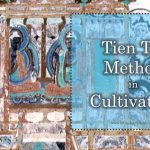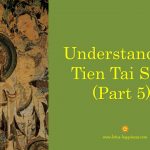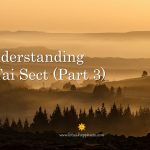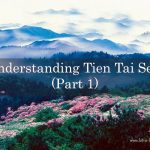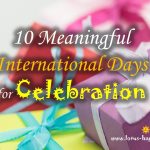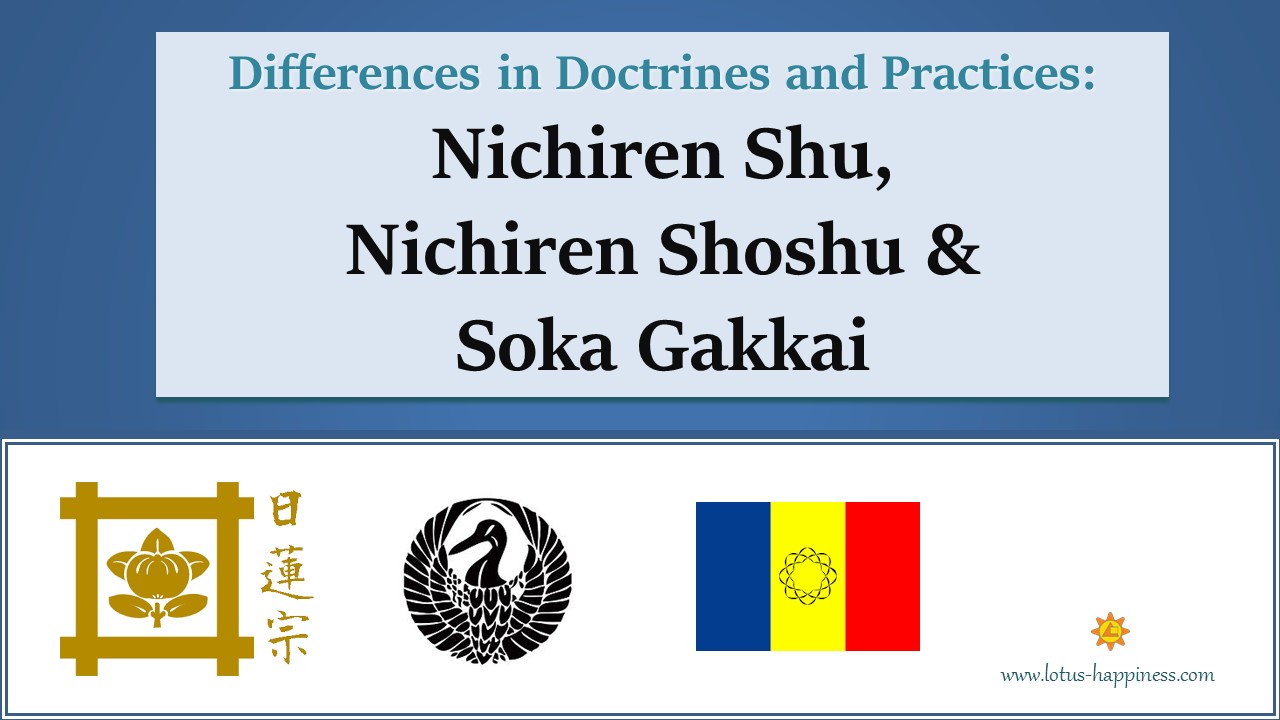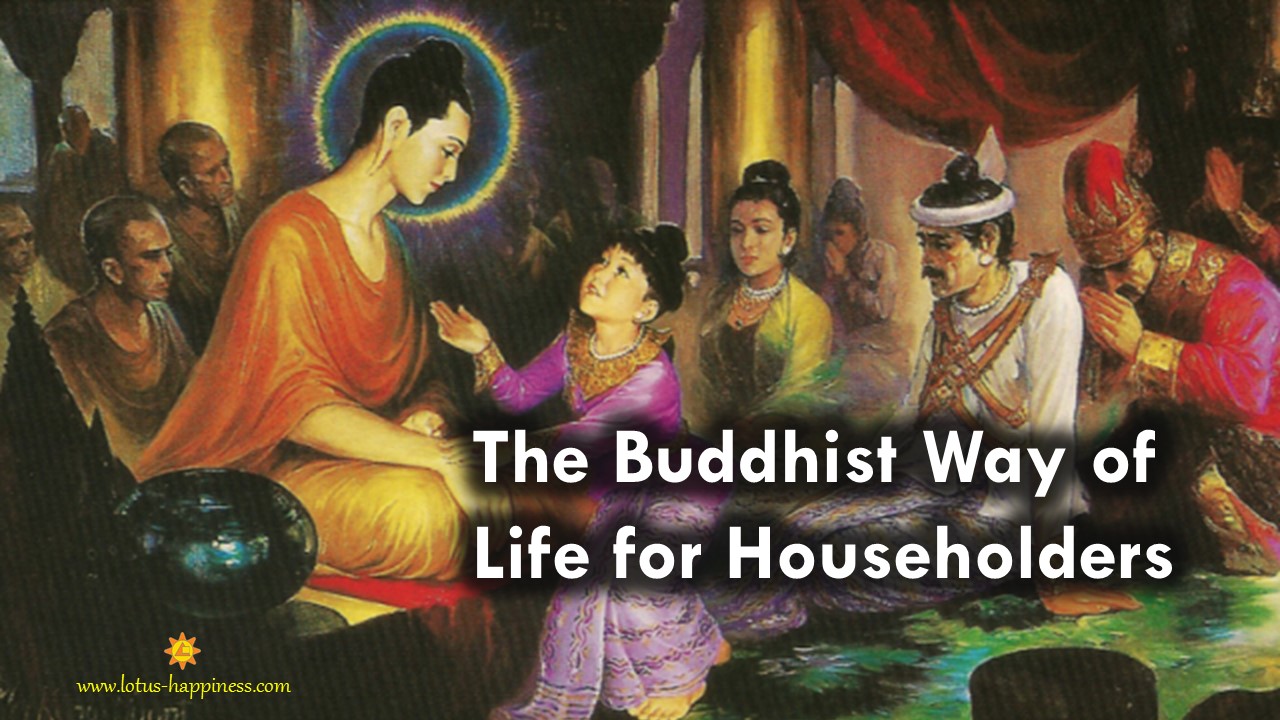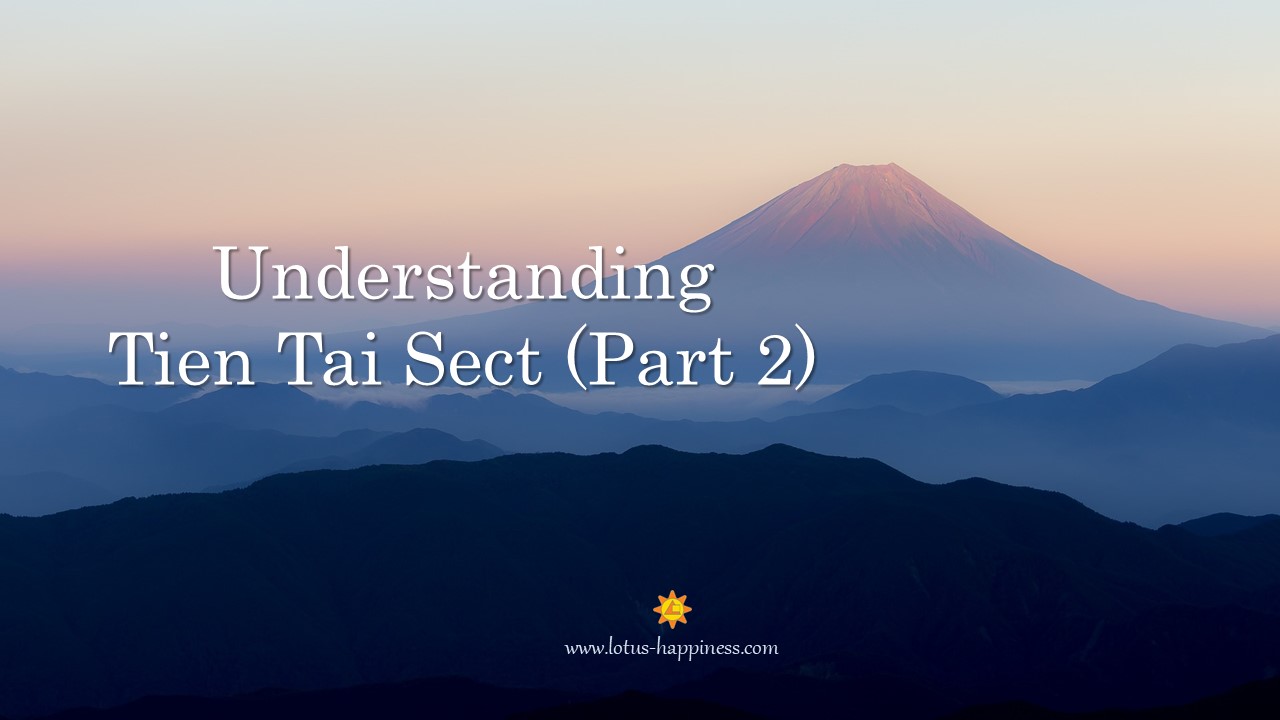
Understanding Tien Tai Sect (Part 2)
Classification of Teaching
The Tien-tai sect classifies the Buddha’s teaching in Five Periods and Eight Teachings [五時八教]. The Eight Teachings are subdivided into two groups, one is the Fourfold Doctrines of Conversion [化法四教] and the other is the Fourfold Methods of Conversion [化儀四教]. An analogy of milk is drawn in Nirvana Sutra, as to explain the classification of teaching by the Tien-tai sect.
The classification gives us a clear system to solve some of the fundamental metaphysical problems of Buddhism. Though some ideas of different schools seem to be contradictory, Tien-tai advocates no opposition between the Hinayana and Mahayana, as they are all the true words of the Buddha.
The Five Periods
- The Period of Avatamsaka [華嚴時] – in 21 days after the Buddha’s Enlightenment, he preached Avatamsaka Sutra for the Bodhisattva.
- The Period of Agamas [阿含時] – in 12 years, he preached the Agamas for the Small Vehicle
- The Period of Vaipulya [方等時] – in 8 years, he preached the expanded teaching, such as Vimalakirti-nivdesa Sutra [維摩經], Shrimaladevi Simhanada Sutra [勝鬘經], Suvarnaprabhasa Sutra [金光明經] and other Mahayana sutras.
- The Period of Prajna [般若時] – in 22 years, he preached the doctrine of emptiness as expounded in many sutras about Prajna.
- The Period of Dharma-pundarik/Nirvana [法華涅槃時] – in the last 8 years, he preached the doctrine of One Buddha Vehicle, i.e. encompassing the three (the Sound-hearer, the Enlightened One in Conditions, the Bodhisattva) and revealing the one (One Buddha Vehicle, or called Ekayana in Sanskrit), and also preached the Nirvana Sutra just before his death.
The Four Doctrines of Conversion [化法四教]
There are four kinds of Buddhist doctrines to convert sentient beings. They are:
- Tripitaka Teaching [三藏教] – it refers to the Tripitaka (ie. Sutra, Vinaya and Shastra) in which the Four Noble Truths, the Law of Dependent Origination, etc. are expounded. The teachings serve as the text for the Arhats in Two Vehicles (the Sound-hearer and the Those who Enlightened by Conditions), and the reference for the Bodhisattva.
- Shared Teaching [通教] – it refers to the doctrine of emptiness for the nature of Dharma. It is common to all vehicles, which shared with each other. It serves as the elementary text for Mahayana, but as the reference for Hinayana as well.
- Distinctive Teaching [別教] – it is specially preached for the Bodhisattva, and not applicable to those in Two Vehicles. It is the teaching with infinite Dharmas for Mahayana.
- Complete Teaching [圓教] – it refers to the doctrine of Middle Path, or Middle Way, or Mean, which interpret the non-obstruction of noumenon and phenomena [理事無礙]. It applies to the most superior sentient beings.
The Fourfold Methods of Conversion [化儀四教]
The methods of converting the sentient beings are four, as classified by Tien-tai sect. They are:
- Sudden Teaching [頓教] – it refers to the Distinctive Teachings and the Complete Teaching for those with superior ‘root’.
- Gradual Teaching [漸教] – for those with medium or inferior ‘roots’,
- Secret Teaching [秘密教] – the teaching is propagated with inconceivable wisdom psychic power so that the sentient beings are enlightened in a secret manner.
- Variable Teaching [不定教] – similar to the Secret Teaching, but the sentient beings are enlightened in various levels, such as the enlightenment of Mahayana by Hinayana teachings, or the enlightenment of Hinayana by Mahayana teaching.
The Five Flavors [五味]
In Nirvana Sutra, Shakyamuni drew an analogy of milk to explain the different stages of his teachings in his life. It is known as the Five Flavors.
There are two meanings in the analogy. The first meaning refers to the process of making ghee. The fresh milk comes from the cow. The cream is produced from the milk. Curds, butter and ghee follow in order. The cow symbolizes the Buddha, while the flavor symbolizes his teachings.
The second meaning refers to the degree of richness of the flavors. It begins the fundamental flavor of milk for those at the Avatamsaka assembly. Unfortunately, ordinary people could neither believe nor understand, thus could not transform their worldly passions. It is symbolized by fresh milk.
Secondly, based on the teachings in the Agamas Sutra, those with the capacity of the Two Vehicles transformed the worldly passions and became Arhats. This is symbolized by fresh milk becoming milk.
Thirdly, the teaching is expanded for those who are not satisfied with the Hinayana, and yearned for the Mahayana. They obtained the benefits of the Shared Doctrine. This is just like the cream changes to curd.
Next, those who received the expounded teaching of Prajna became harmonized gradually, and thus obtained the benefits of the Distinctive Doctrine. This is like transforming curd into butter.
Lastly, Shakyamuni Buddha preached the Lotus Sutra and revealed that the Dharma were taught in three different ways, but all converged to One Buddha Vehicle without any contradiction. For those who obtained the prediction of their future Buddhahood, it is like transforming butter to ghee.
From Ten Realms to Three Thousand Realms
The Tien-tai sect set forth a world system of ten realms, of which the higher four are sagely, and the lower six are ordinary. They are:
- The Buddha
- Bodhisattva
- Pratyeka-buddha (Those enlightened by conditions)
- Sravaka (The Sound Hearer)
- Heavenly beings
- Asura (Flying Spirits)
- Men
- Animal
- Preta (Hungry Ghost)
- Beings in hell
These ten realms are mutually immanent and mutually inclusive, each one having the remaining nine realms in it. Thus, it makes up to 100 worlds in total.
Further, each of these worlds has ten different features, namely,
- Form [相]
- Nature [性]
- Substance [體]
- Force [力]
- Action [作]
- Cause [因]
- Condition / circumstance [緣]
- Effect [果]
- Remuneration [報]
- The ultimate state. [本末究竟]
These are the Ten Features of Thusness [十如是]. Taking these ten features in the 100 worlds, the Tien-tai sect developed the doctrine of 1,000 realms.
Moreover, each realm consists of three divisions of the worlds, namely,
- The world of living beings – which is the self retribution of beings [正報]
- The world that the beings live in – which is the dependent retribution of beings [依報]
- The world of the Five Skandhas (the Five Aggregates) – which are ‘ingredients’ to formulate the above two retributions.
Thus, there are 3,000 realms or worlds, constituting the whole of the manifested reality.
The Three Thousand Worlds
According to Tien-tai doctrine, the whole universe is said to have the constituency of ‘Three Thousands’. The number 3,000 is given to express the inter-permeation of all Dharmas and the ultimate unity of the whole universe. In Buddhism, ‘Three Thousands’ usually refers to the great chiliocosm consisting 1,000 small, 1,000 medium and 1,000 large worlds. However, according to Tien-tai doctrine, it refers to the whole universe of all beings and things, i.e. the world of ‘simultaneous arising’, similar to that of Dharmadhatu in Hua-yen sect. In other words, a conscious-instant, or a moment of thought has 3,000 worlds immanent in it [一念三千]. It is called ‘Three Thousand Originally Immanent’, or ‘Three Thousand Immanent in Principle’, or ‘Three Thousand Immanent in Nature’, or ‘Three Thousand Perfectly Immanent’.
It should be noted that the ‘Three Thousand Worlds’ theory is quite different from the ‘Mere Consciousness’ theory in Fa-hsiang sect, though the former is expounded on the latter. It does not mean that a moment of thought produces or creates the 3,000 worlds, because there is no beginning in terms of time. Nor, it does not mean that the 3,000 worlds are included in one instant of thought because an inclusion is an existence in space.
Each phenomenon, matter or mind, expresses its own principle, which is the Triple Truth of Harmony (i.e. Void, Falsehood and Mean), while the noumenon is originally immanent, perfectly immanent, immanency in principle and immanency in nature. This simply means that a thing or a being itself is the true state.

